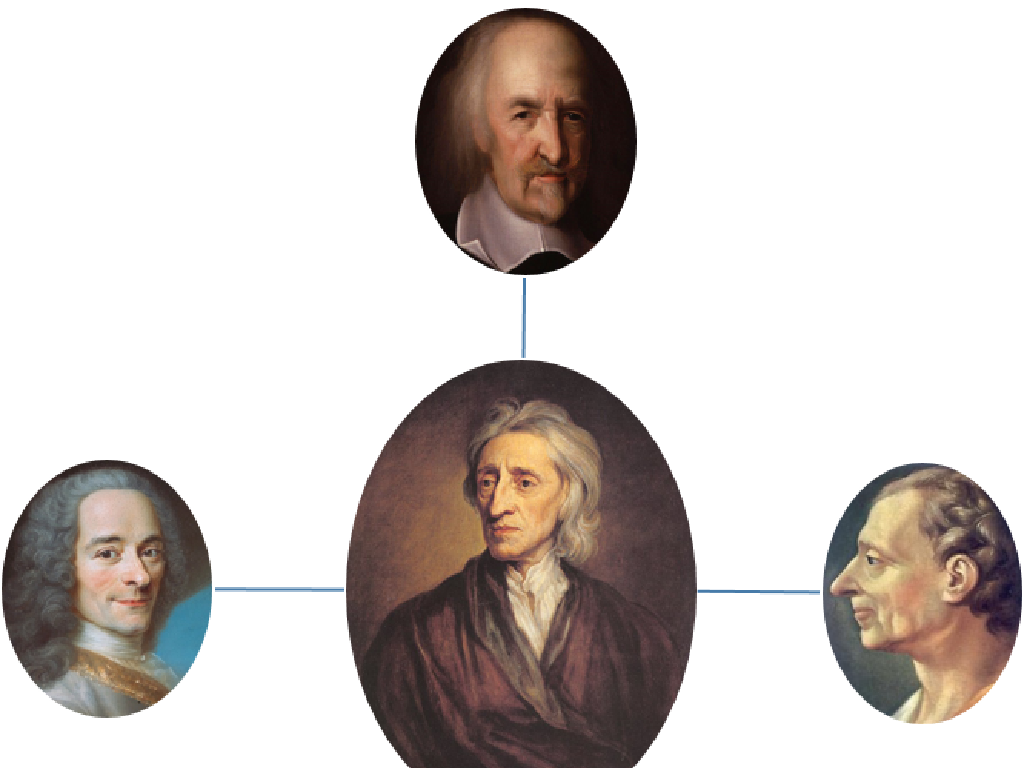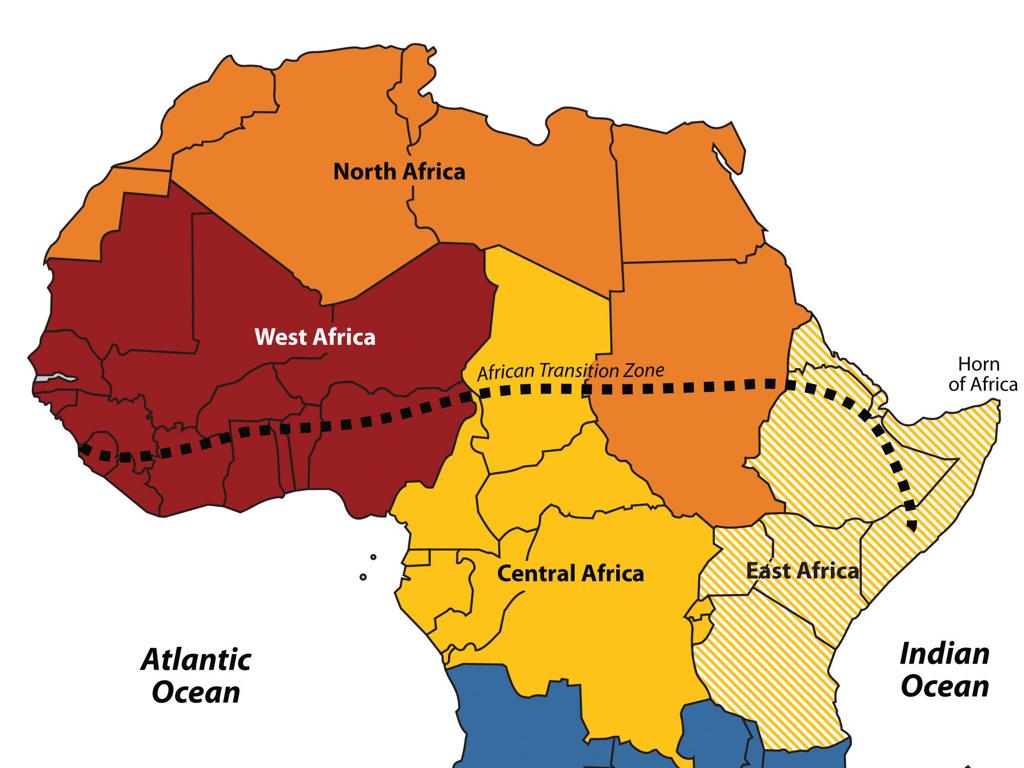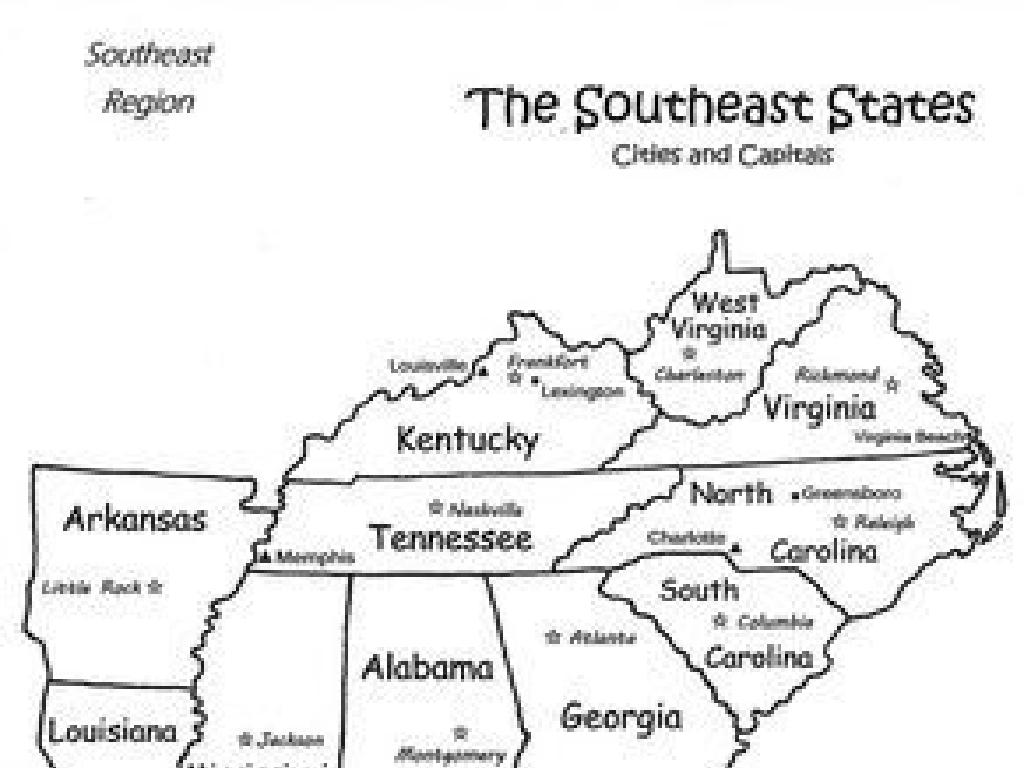Select Countries Of Africa: Review
Subject: Social studies
Grade: Eighth grade
Topic: Africa: Geography
Please LOG IN to download the presentation. Access is available to registered users only.
View More Content
Exploring Africa’s Geography
– Africa’s diverse landscapes
– Deserts, rainforests, savannas, and more
– Geography’s role in development
– How physical features affect economy and culture
– Focus on select African countries
– We’ll look at countries like Egypt, Kenya, and Nigeria
– Engage with Africa’s uniqueness
|
This slide introduces students to the vast and varied geography of Africa, setting the stage for a focused review of select countries. Emphasize Africa’s diversity, including its deserts, rainforests, and savannas, and discuss how these geographical features have influenced the continent’s development, cultures, and economies. Highlight the importance of geography in understanding Africa’s place in the global context. Today’s lesson will zoom in on countries such as Egypt, known for its ancient civilization and the Nile River; Kenya, famous for its wildlife and savanna landscapes; and Nigeria, a country with a rich cultural heritage and significant oil reserves. Encourage students to think about how the geography of these countries has shaped their history and current events.
Physical Features of Africa
– Explore Sahara Desert
– World’s largest hot desert, spanning multiple countries
– Investigate Nile River
– Longest river, supports agriculture & settlements
– Ascend Mount Kilimanjaro
– Africa’s highest peak, affects weather patterns
– Influence on climate & culture
– These features shape local economies, lifestyles, and traditions
|
This slide aims to review the major physical features of Africa and their profound impact on the continent’s climate, culture, and economy. The Sahara Desert, known for its vast expanse and harsh conditions, influences the way of life for the communities that surround it. The Nile River is a cradle of civilization that has supported human settlements for millennia through agriculture. Mount Kilimanjaro, with its unique ecosystems, affects local weather and attracts tourism, contributing to the economy. Understanding these features provides insight into the diverse environments and cultures that exist within Africa. Encourage students to think about how these physical features might affect their daily lives if they lived in these regions.
Cultural Diversity in African Countries
– Diversity across Africa
– Africa’s cultural mosaic includes various ethnicities and traditions.
– Multitude of languages
– Over 2,000 languages spoken continent-wide.
– Rich traditional practices
– Ceremonies, clothing, and social norms differ regionally.
– Unique regional arts
– Art forms like masks, sculptures, and textiles vary by area.
|
This slide aims to shed light on the vast cultural diversity found within Africa’s borders. Emphasize that Africa is not a monolith but a continent rich with a variety of languages, traditions, and artistic expressions. Highlight that each region and country has its own unique identity, which can be seen through the languages spoken, the traditions upheld, and the arts created. Encourage students to explore specific examples, such as the Swahili language in East Africa, the masquerade ceremonies in West Africa, or the intricate beadwork of the Maasai people. This review will help students appreciate the complexity and richness of African cultures and challenge any preconceived notions they may have about the continent.
Economic Overview of Select African Countries
– Review of diverse economies
– Natural resources’ impact
– Wealth in minerals, oil, and gas drives growth in some regions
– Agriculture’s role in economies
– Farming is a key livelihood; cash crops & subsistence farming vary by country
– Industrial contributions
– Manufacturing & services are growing, but vary widely across the continent
|
This slide aims to provide a snapshot of the economic landscape across select African countries. Emphasize the diversity of economic structures, from resource-rich nations benefiting from exports to those relying heavily on agriculture. Highlight the importance of natural resources such as minerals, oil, and gas in driving economic growth in certain regions. Discuss agriculture as a cornerstone for many economies, with a mix of cash crops for export and subsistence farming to support local communities. Touch on the industrial sector, noting that while manufacturing and services are expanding, there is significant variation in industrial development across different countries. Encourage students to think about how geography and available resources influence the economic activities of a country.
Understanding Africa’s Political Borders
– Origin of African borders
– Many borders drawn during the 1884 Berlin Conference without regard to ethnic or cultural lines.
– Colonialism’s role in shaping nations
– European powers divided Africa, disregarding indigenous territories, leading to conflicts.
– Borders and African identity
– Borders often split ethnic groups, affecting cultural and national identity.
– Post-colonial border challenges
– Issues like border disputes and ethnic tensions arose after independence.
|
This slide aims to shed light on the complex history behind the current political borders in Africa. Emphasize the arbitrary nature of the borders established by colonial powers, particularly during the Berlin Conference of 1884, which had little to no consideration for the continent’s diverse ethnic, cultural, and linguistic landscape. Discuss the lasting impact of colonialism on African nations, including the challenges faced post-independence such as border disputes and the struggle for national identity. Encourage students to think critically about the implications of these borders on today’s political and social climate in Africa.
Case Study: Exploring a Country in Africa
– Geography of a chosen country
– Landscape, climate, and natural resources
– Cultural insights
– Traditions, languages, and cuisine
– Economic overview
– GDP, main industries, and trade
– Political structure
– Government type and current leaders
|
This slide is aimed at providing students with a comprehensive understanding of a specific African country. Start with the geography, discussing the country’s location, significant landscapes, climate variations, and natural resources. Move on to the culture, highlighting unique traditions, languages spoken, and popular local dishes. For the economy, review the GDP, main industries, and the country’s role in international trade. Conclude with the political structure, explaining the government type, current leaders, and any significant political movements. Use concrete examples to illustrate these concepts, such as discussing how the geography influences the economy, or how cultural practices are reflected in political events. Encourage students to think critically about how these elements interact and shape the country’s identity.
Comparing African Countries
– Select two African countries
– Compare geographical features
– Look at landforms, climate, and natural resources
– Contrast cultural aspects
– Consider languages, traditions, and religions
– Analyze economic differences
– Compare GDP, industries, and trade
|
This slide aims to encourage students to engage in critical thinking by comparing and contrasting two African countries. Students should look at various aspects, including geography, culture, and economy. For geography, they can examine landforms, climate, and natural resources. Culturally, they can explore the languages spoken, traditional practices, and predominant religions. Economically, students can analyze and compare the GDP, main industries, and trade relationships of the countries. This exercise will help students understand the diversity within the African continent and develop their analytical skills. Provide examples such as comparing Nigeria and Egypt, or South Africa and Kenya, to guide their analysis.
Class Activity: Mapping Africa
– Label African countries on a map
– Mark key physical and cultural features
– Include landmarks like the Sahara, Nile River, and traditional clothing or languages
– Discuss geography’s impact with a partner
– How do mountains, rivers, and climate influence culture and daily life?
– Reflect on the activity and share insights
|
This interactive class activity is designed to consolidate students’ knowledge of African geography by labeling a map with the countries they’ve studied. Encourage them to also mark significant physical features such as deserts, rivers, and mountain ranges, as well as cultural elements like languages and traditional dress. Students should pair up to discuss how these geographical features have influenced the cultural and historical development of the countries. After the discussion, students will share their insights with the class, fostering a deeper understanding of the relationship between geography and culture in Africa. Provide a variety of maps and atlases for reference, and consider having a few examples of cultural elements available to aid discussion.
Review and Reflection: Africa’s Geography
– Recap today’s geographic highlights
– Discuss your questions and thoughts
– Homework: Essay on geography’s impact
– Choose an African country and explore how its geography affects its culture and economy.
– Reflect on culture and economy links
– Consider how physical features like mountains and rivers contribute to cultural practices and trade.
|
As we wrap up today’s lesson, let’s revisit the key geographical features of the African countries we discussed. Encourage students to ask questions or share insights about the material covered. For homework, students will write an essay on how geography influences culture and economy in one African country. This will help them think critically about the relationship between the environment and human activities. Provide examples such as how the Nile River has shaped Egyptian culture and economy, or how the Sahara Desert impacts trade and lifestyle in Saharan countries. This exercise aims to deepen their understanding of the interconnectedness of geography and societal development.






